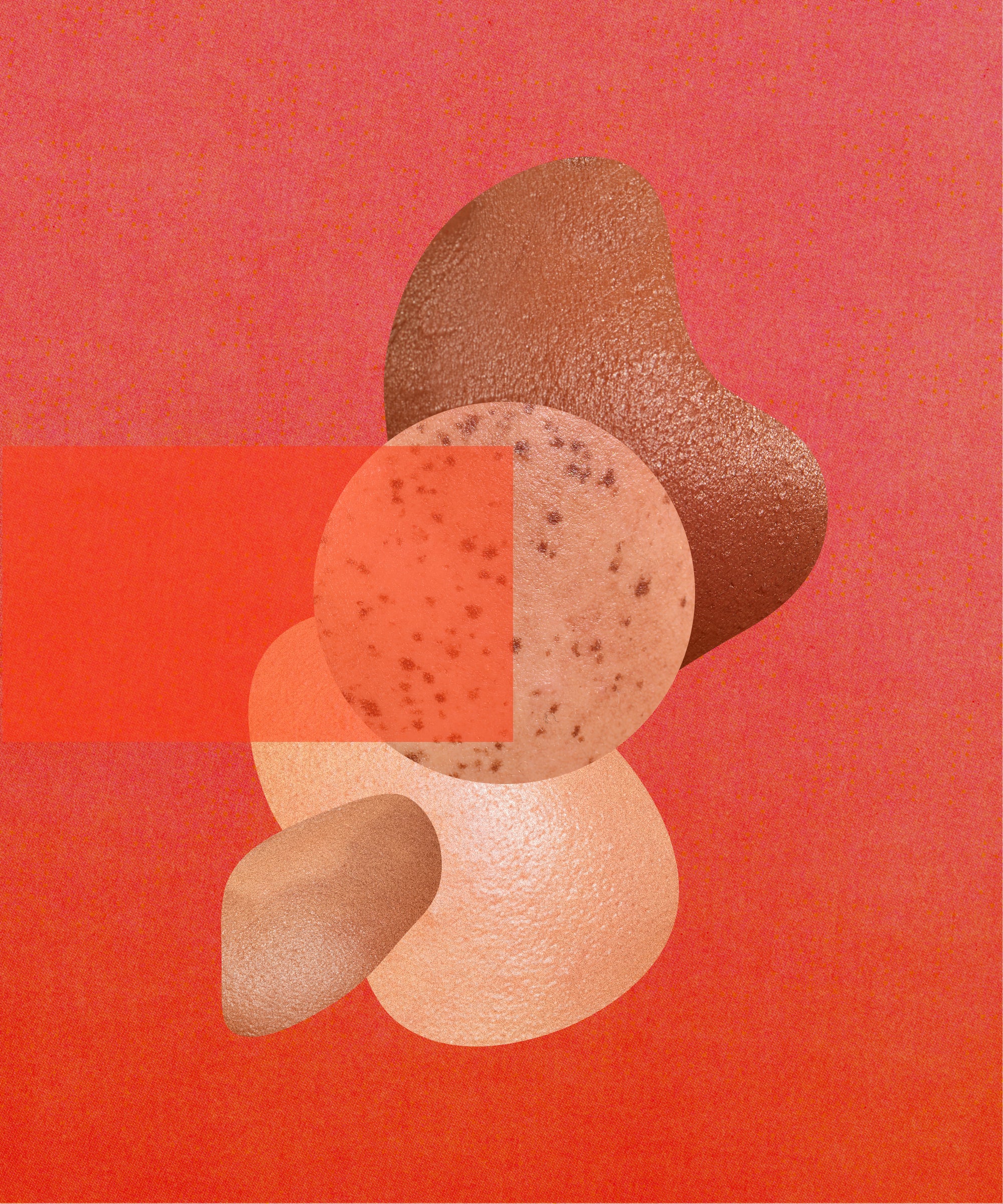“I Burned A Hole In My Skin”: The Horrors Of DIY Freckle Removal
by Jacqueline Kilikita
If you have a love-hate relationship with your freckles, you aren't alone. Totally harmless and natural, the brown spots develop during childhood and are a result of overproduction of melanin when skin is exposed to the sun. Plenty of women are now proudly embracing them by ditching heavy foundation and filters on social media. Others simply dislike their freckles – and that's okay, too.
The idea of 'flawless' skin is subjective, agrees consultant dermatologist Dr Zainab Laftah at Omniya Clinic in Knightsbridge. "Freckles should not imply flaws but practising good sun protection will reduce the risk of the freckles darkening after sun exposure and the development of age-related brown pigment spots later on in life," she says. A lot of us are diligent with sun protection anyway, but recently there has been a rise in skin clinics offering cosmetic removal for those who want rid of their freckles entirely.
According to Dr Laftah, treatments include chemical peels, which exfoliate the top layer of the skin that contains the pigment, and laser therapy. "This is a targeted treatment that acts by shattering and removing the pigment particles in the skin," adds Dr Laftah. Like all professional treatments, from microneedling to lip filler, it pays to know the potentially serious adverse effects of freckle removal procedures, which range from redness and skin shedding to infection and scarring. For this reason, treatment must be performed by an experienced medical professional but warnings haven't stopped manufacturers adapting elements of clinic equipment for at-home use. Freckle removal machines or DIY freckle pens are now gaining traction among women looking to minimise the appearance of their freckles themselves.
A quick internet search for 'freckle removal pen' unearths almost 2 million results, with some devices advertised for as little as £15 – a fraction of the price of professional treatments, which can start at £200. Promising convenience, speed and hardly any downtime or pain, it's understandable that people might want to take matters into their own hands. But you can't ignore the risks.
"Most freckle removal pens use heat or electric current to 'burn' the freckles, creating a wound in the skin with the belief that the body will then heal freckle-free," Dr Laftah explains. Pens we spotted online were either targeted lasers or consisted of electrodes, which look like large needles to burn away pigmented skin. In online tutorials, the electrodes or lasers are passed over the freckle in question, zapping skin with a wince-inducing crackling sound. Reviewers report a slight stinging sensation followed by a burning skin smell and eventually a scab, which some have likened to a spot that has been picked or chickenpox.
The whole process may take just a couple of minutes but the aftermath is potentially life-changing. "These home devices can result in lifelong and unintended skin changes and they are often very painful," says Dr Laftah. "The level of heat energy generated is dependent on your technique and the machine used so results are highly variable. But the risk of a burn, ulcer, pigmentation or scar is high. It is important to note scars are permanent and can be difficult to treat."
Serena* bought a freckle removal device online to minimise a number of freckles she dislikes on her arms but the results were far from what she expected. "I have a lot of freckles and don’t like them, so I thought I could do a spot treatment with a freckle removal pen. I think the most unsettling thing was the smell. I could just smell my skin burning." Serena didn't visit her GP or a dermatologist and let the wound scab over, but it left a different mark in place of the freckle. "It burned a literal hole in my skin," she said. "It basically did nothing but cause me pain." Dr Laftah also reports seeing scabs and scarring as a result of freckle removal laser pens which patients have attempted to use on the delicate skin on their face.
As well as scarring and damaging sensitive skin, it's also possible to mistake moles for freckles, which could be incredibly dangerous if they are potentially cancerous. "Freckles, solar lentigines (sun spots) and junctional naevi (which are flat, pigmented moles) can all have a similar appearance," says Dr Laftah. "New brown marks or any changing brown marks or moles should always be assessed by a dermatologist prior to any treatment, to ensure a pre-cancerous or cancerous growth is not missed."
Most dermatologists do not recommend at-home devices due to the multiple associated risks, although Dr Laftah does acknowledge that some women may feel embarrassed by their freckles. But attempting DIY freckle removal at home simply isn't worth chancing. "Freckles are generally harmless and natural," concludes Dr Laftah. "If, however, you are feeling particularly self-conscious, then always seek treatment with a specialist and avoid DIY treatments at all costs."
You can search the General Medical Council (GMC) register to find a qualified dermatologist, while Save Face is also an excellent resource set up by the government to bring together accredited, nonsurgical cosmetic practitioners who work within UK safety standards.
*Name has been changed